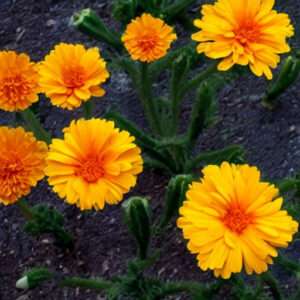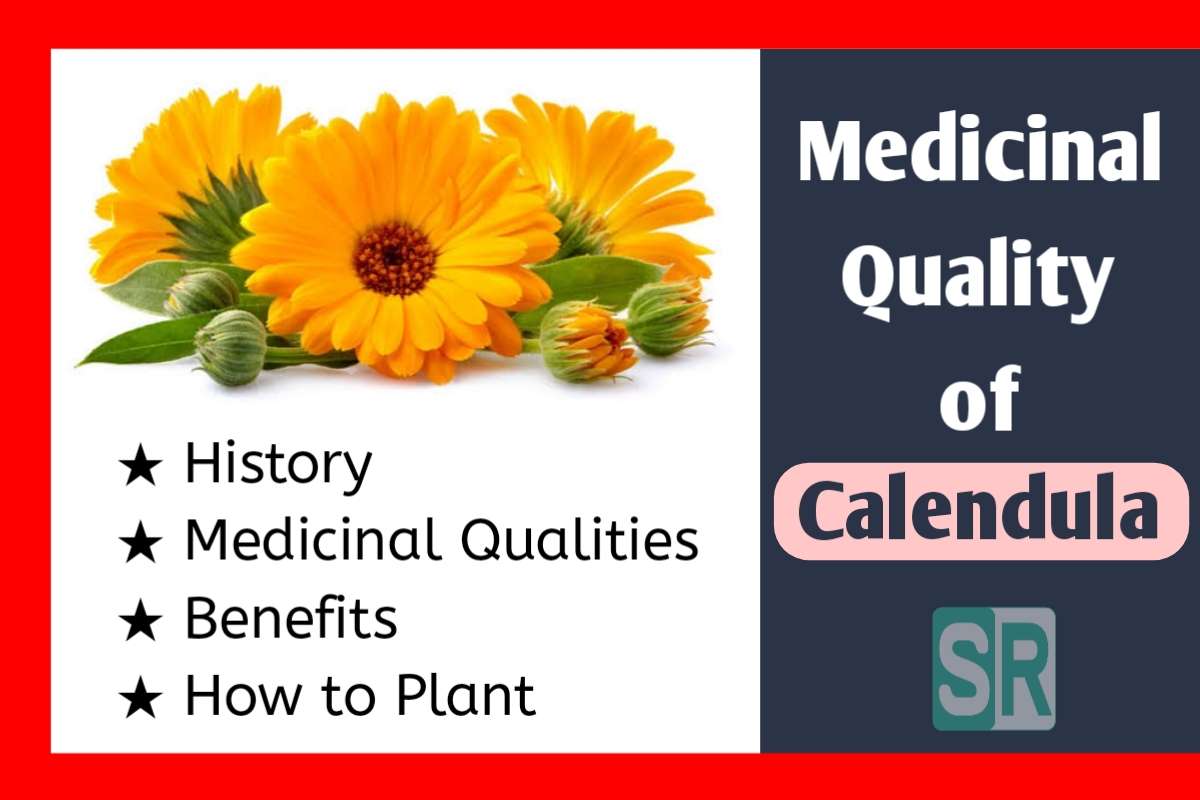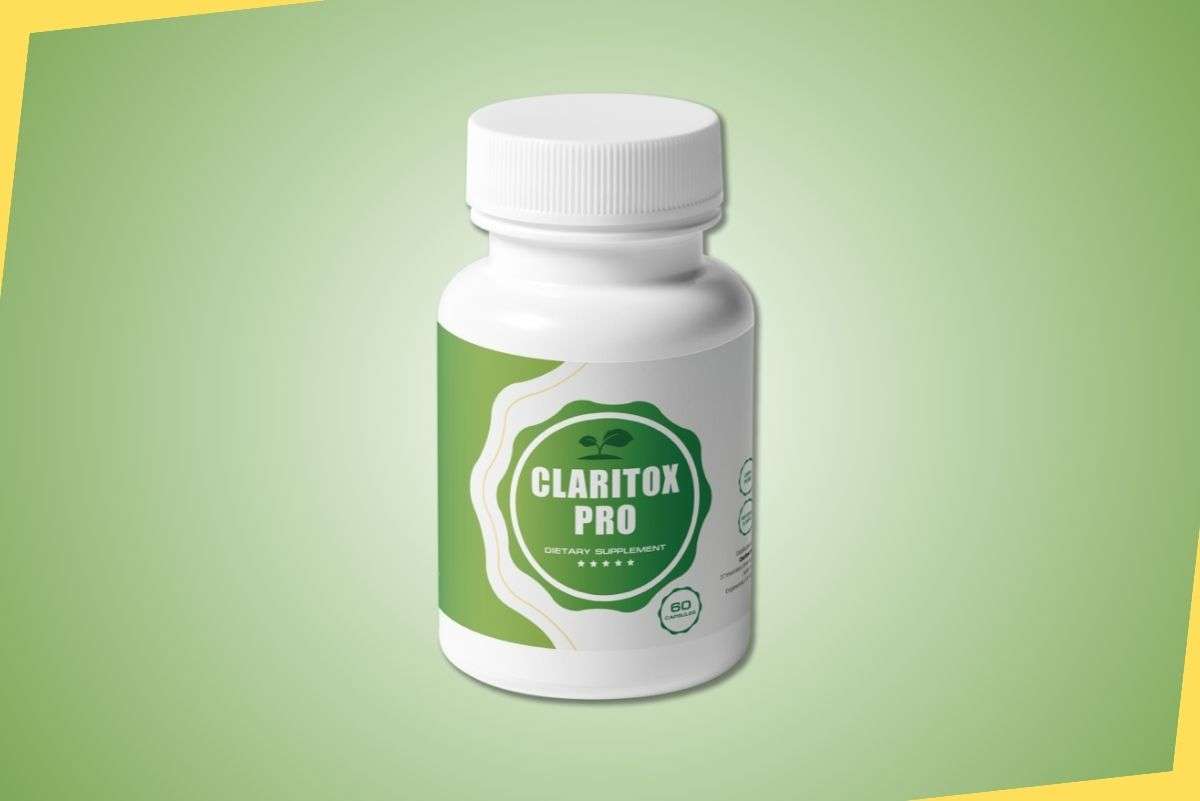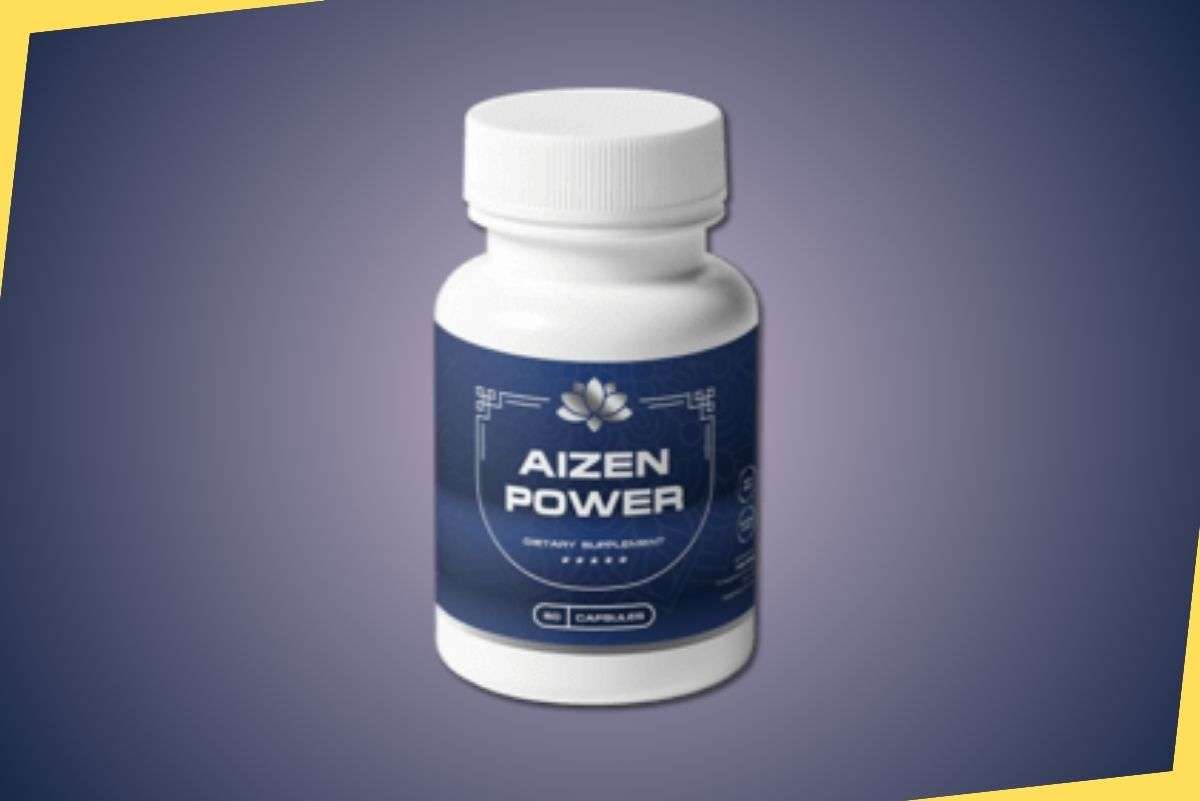In this article I will brief about Medicinal Qualities of Calendula, Benefits for Human Body, Calendula Tea, Oil, Cream, How to plant and where to by Calendula seeds.
What is Calendula?
Calendula, also known as Calendula officinalis, is a plant species belonging to the Asteraceae family. It is commonly referred to as marigold, pot marigold, or garden marigold, although it is different from the common marigold (Tagetes species). Calendula is native to the Mediterranean region but is now cultivated worldwide for its medicinal and ornamental properties.
Calendula plants are known for their bright, vibrant yellow or orange flowers, which have a distinct ray-like petal arrangement. The flowers bloom from late spring to early fall and have a slightly spicy aroma. Calendula is a popular choice in gardens and is often used as an ornamental plant, border plant, or in container gardening.
Besides its aesthetic appeal, calendula has been traditionally used for its medicinal properties. The petals of the flower contain various beneficial compounds, including flavonoids, carotenoids, and essential oils. These compounds possess anti-inflammatory, antimicrobial, and antioxidant properties. Calendula extracts are used in herbal remedies, skincare products, and topical ointments.
In traditional medicine, calendula has been used to soothe skin irritations, treat wounds, and promote healing. It is often used topically for conditions such as cuts, burns, rashes, and insect bites. Calendula preparations may also be used in creams, oils, and lotions for dry skin, eczema, and dermatitis.
History of Calendula

Calendula, also known as marigold, has a rich history that spans centuries. Its origins can be traced back to ancient civilizations such as the Egyptians, Greeks, and Romans, who revered it for its medicinal and culinary properties. In traditional medicine, calendula was used to treat various ailments, ranging from skin conditions to digestive disorders. Its vibrant flowers were also used for decorative and ceremonial purposes. Over time, calendula’s popularity spread across the globe, and it became an essential ingredient in herbal remedies and skincare products. Today, calendula continues to be cherished for its therapeutic qualities and remains a beloved flower in gardens worldwide.
Buy Calendula Seeds: Click here
Maximum Purpose of Use Calendula
Calendula has a multitude of purposes and can be used in various ways. Here are some of the key purposes for which calendula is commonly used:
- Medicinal Uses.
- Skincare Products.
- Culinary Uses.
- Natural Dyes.
- Companion Planting.
Calendula Oil

Calendula oil is a versatile and highly valued oil derived from the bright orange and yellow petals of the calendula flower. Known for its numerous therapeutic properties, calendula oil is a popular ingredient in skincare and medicinal preparations. It is rich in antioxidants, essential fatty acids, and anti-inflammatory compounds, making it beneficial for soothing and healing the skin. Calendula oil is used to alleviate various skin conditions like dryness, eczema, and dermatitis. It promotes wound healing, reduces inflammation, and soothes irritations. When applied topically, calendula oil moisturizes the skin, leaving it soft, supple, and rejuvenated. Its gentle and nourishing nature makes it suitable for all skin types.
How to make Calendula Oil?
Making calendula oil at home is a simple process. Here’s a step-by-step guide on how to make calendula oil:
- Harvesting: Start by harvesting fresh calendula flowers when they are in full bloom. Choose flowers that are vibrant and free from any signs of decay or damage.
- Drying: Gently remove the petals from the flower heads and spread them out on a clean, dry surface. Allow the petals to air dry in a warm, well-ventilated area for about a week, or until they become crispy and brittle.
- Infusion: Once the petals are dry, place them in a clean glass jar. Pour a carrier oil of your choice, such as olive oil or sunflower oil, over the petals until they are completely covered. Ensure that the petals are fully submerged in the oil.
- Solar Infusion: Seal the jar tightly and place it in a sunny location, such as a windowsill, for about 2 to 4 weeks. The warmth of the sun will help extract the beneficial properties of the calendula into the oil. Shake the jar gently every few days to promote the infusion process.
- Straining: After the desired infusion period, strain the oil using a cheesecloth or fine-mesh sieve to remove the spent petals. Squeeze the cloth or sieve to extract as much oil as possible.
- Storage: Transfer the calendula oil into a clean, dark-colored glass bottle or jar. Dark glass helps protect the oil from light degradation. Store the oil in a cool, dark place to maintain its potency. It can typically last for several months when stored properly.
Note: It’s essential to ensure that all tools, containers, and surfaces used are clean and free from moisture to prevent spoilage or contamination.
Buy Calendula Seeds: Click here
Benefits of Calendula Oil for Human Body
Calendula oil offers several benefits for the human body. Here are some of its key advantages:
- Skin Healing: Calendula oil is renowned for its soothing and healing properties. It promotes the regeneration of damaged skin cells, making it effective for treating minor cuts, burns, scrapes, and wounds. The oil helps reduce inflammation, relieve pain, and accelerate the healing process.
- Moisturization: The moisturizing properties of calendula oil make it beneficial for dry and dehydrated skin. It helps to hydrate and nourish the skin, leaving it soft, supple, and moisturized. Regular use of calendula oil can improve skin texture and prevent moisture loss.
- Anti-Inflammatory: Calendula oil contains anti-inflammatory compounds that can help calm and soothe inflamed or irritated skin. It is often used to alleviate symptoms of skin conditions such as eczema, dermatitis, and psoriasis. The oil can reduce redness, itchiness, and swelling associated with these conditions.
- Antimicrobial: Calendula oil exhibits antimicrobial properties that can help fight against bacteria, fungi, and other pathogens. It can be used to prevent and treat minor skin infections, including acne. The oil’s gentle nature makes it suitable for sensitive skin as well.
- Antioxidant: Rich in antioxidants like flavonoids and carotenoids, calendula oil helps protect the skin from oxidative stress caused by free radicals. These antioxidants help neutralize the damaging effects of free radicals, preventing premature aging and promoting healthy-looking skin.
- Anti-Scar: Calendula oil is believed to have scar-reducing properties. Regular application of the oil on scars or stretch marks may help improve their appearance over time by promoting skin regeneration and reducing discoloration.
- Soothing Baby Care: Calendula oil is gentle and safe for use on infants and babies. It can be used to soothe diaper rash, cradle cap, and dry patches on their delicate skin. Always consult with a pediatrician before using any new products on babies.
Calendula Lotion

Calendula lotion is a soothing skincare product infused with the healing properties of calendula flowers. It is crafted by infusing calendula petals into a lotion base, resulting in a gentle and nourishing formulation. Calendula lotion is known for its ability to moisturize and hydrate the skin, leaving it soft and supple. Its anti-inflammatory properties help calm irritated skin and reduce redness. The lotion is often used to alleviate dryness, soothe minor skin irritations, and promote overall skin health. With its delicate floral scent and natural ingredients, calendula lotion offers a comforting and rejuvenating experience for daily skincare routines.
How to make Calendula Lotion?
Making your own calendula lotion is a rewarding and straightforward process. Here’s a simple recipe to guide you:
Ingredients:
- 1 cup of dried calendula petals
- 1 cup of carrier oil (such as olive oil or sweet almond oil)
- 1/4 cup of beeswax pellets
- 1 cup of distilled water
- Optional: a few drops of essential oil (like lavender or chamomile) for added fragrance
Instructions:
- In a clean, dry glass jar, combine the dried calendula petals and the carrier oil. Ensure that the petals are completely submerged in the oil. Seal the jar tightly and place it in a cool, dark place for about 4 to 6 weeks to allow the petals to infuse into the oil. Shake the jar gently every few days to promote the infusion process.
- After the infusion period, strain the oil through a fine mesh strainer or cheesecloth into a clean bowl or double boiler. Press the petals to extract as much oil as possible. Discard the used petals.
- In a separate heat-safe container or double boiler, melt the beeswax pellets over low heat. Stir occasionally until fully melted.
- Gradually pour the infused calendula oil into the melted beeswax while stirring continuously. Mix well to ensure the ingredients are thoroughly combined.
- In a small saucepan, heat the distilled water until warm but not boiling. Remove from heat.
- Slowly pour the warm water into the oil and beeswax mixture while whisking vigorously. Continue whisking until the lotion emulsifies and thickens to a creamy consistency.
- If desired, add a few drops of your preferred essential oil for fragrance. Stir well to incorporate.
- Allow the lotion to cool completely, then transfer it into clean, sterilized jars or containers. Store in a cool, dry place.
Your homemade calendula lotion is now ready to use!
Benefits of Calendula Lotion for Human Body
Calendula lotion offers several benefits for the human body due to its soothing and healing properties. Here are some of the key benefits of using calendula lotion:
- Skin Healing: Calendula lotion is renowned for its ability to promote skin healing. It can aid in the recovery of various skin conditions, including minor cuts, burns, scrapes, and insect bites. The anti-inflammatory and antimicrobial properties of calendula help reduce inflammation, prevent infections, and accelerate the healing process.
- Moisturization: Calendula lotion is an excellent moisturizer for the skin. It helps hydrate and nourish dry, chapped, or rough skin, leaving it soft and supple. Regular use of calendula lotion can help improve skin texture and prevent dryness.
- Skin Irritations: Calendula lotion is often used to soothe and relieve skin irritations. It can provide relief from itching, redness, and inflammation caused by conditions such as eczema, dermatitis, rashes, or sunburns. The calming properties of calendula help alleviate discomfort and promote skin comfort.
- Gentle and Safe: Calendula lotion is known for its gentle nature, making it suitable for sensitive skin types, including babies and individuals with delicate or easily irritated skin. It is generally well-tolerated and less likely to cause adverse reactions or allergies.
- Antioxidant Protection: Calendula lotion contains antioxidants that help protect the skin from oxidative stress and damage caused by free radicals. Antioxidants assist in maintaining the skin’s youthful appearance by neutralizing harmful molecules and reducing the signs of aging, such as fine lines and wrinkles.
- Soothing Effects: Applying calendula lotion can provide a soothing and calming sensation to the skin. It can help relieve discomfort associated with skin conditions, sunburns, or dryness, promoting overall skin well-being.
Buy Calendula Seeds: Click here
30 Medicinal Qualities of Calendula
There are so many medicinal qualities of calendula. I am just writing important 30 qualities below:
- Anti-Inflammatory: Calendula possesses anti-inflammatory properties, making it effective in reducing inflammation and swelling.
- Wound Healing: It promotes wound healing by stimulating tissue regeneration and enhancing blood flow to the affected area.
- Antimicrobial: Calendula exhibits antimicrobial activity, helping to inhibit the growth of bacteria and fungi.
- Antioxidant: It contains antioxidants that protect cells from oxidative damage caused by free radicals.
- Skin Soothing: Calendula is known for its soothing effects on the skin, providing relief from itching, redness, and irritation.
- Burn Treatment: It aids in soothing and healing minor burns, including sunburns.
- Scar Reduction: Calendula can help reduce the appearance of scars and promote more even skin tone.
- Eczema Relief: It offers relief from eczema symptoms, including dryness, itching, and inflammation.
- Acne Treatment: Calendula’s antibacterial properties can be beneficial for acne-prone skin by reducing inflammation and preventing breakouts.
- Moisturizing: It moisturizes and hydrates the skin, making it useful for dry or dehydrated skin.
- Anti-Aging: Calendula’s antioxidant content helps reduce the signs of aging, such as fine lines and wrinkles.
- Dermatitis Treatment: It can soothe and alleviate symptoms of dermatitis, including redness, itching, and rash.
- Diaper Rash Relief: Calendula can help soothe and heal diaper rash in infants and young children.
- Antifungal: It demonstrates antifungal properties, making it useful for treating fungal infections like athlete’s foot or ringworm.
- Antiseptic: Calendula has antiseptic properties that can help cleanse and disinfect wounds.
- Hemorrhoid Treatment: It can provide relief from discomfort and inflammation associated with hemorrhoids.
- Sore Throat Relief: Calendula can be used as a gargle to alleviate sore throat symptoms.
- Anti-spasmodic: It may help reduce muscle spasms and cramps.
- Digestive Aid: Calendula can support healthy digestion and relieve digestive discomfort.
- Menstrual Cramp Relief: It may help reduce menstrual cramps and alleviate associated pain.
- Oral Health: Calendula mouthwash or gargle can help promote oral health and alleviate mouth ulcers or gum inflammation.
- Antiviral: Calendula exhibits antiviral properties, which may aid in the management of viral infections.
- Immune Boosting: It can support immune function and enhance the body’s natural defense mechanisms.
- Eye Irritation Relief: Calendula eyewash or compress can soothe eye irritations or conjunctivitis.
- Antihemorrhagic: It can help reduce bleeding and promote blood clotting.
- Lymphatic Support: Calendula can aid in improving lymphatic circulation and reducing lymphatic congestion.
- Anti-anxiety: Calendula may have calming effects and help reduce anxiety or stress.
- Allergy Relief: It can help alleviate allergy symptoms by reducing inflammation and soothing irritated skin or mucous membranes.
- Antispasmodic: Calendula may help relax smooth muscles, making it beneficial for menstrual cramps or digestive spasms.
- Hair and Scalp Health: Calendula can promote a healthy scalp, soothe dandruff, and enhance hair growth.
These medicinal qualities of calendula demonstrate its wide range of applications and its potential benefits for overall health and well-being.
How to Plant Calendula?

Planting calendula is relatively straightforward, and here’s a step-by-step guide on how to do it:
- Select a suitable location: Choose a location that receives full or partial sun, as calendula thrives in bright sunlight. Ensure the soil is well-drained and fertile.
- Timing: Calendula can be planted either in the spring or in the fall, depending on your climate. In cooler regions, it’s best to plant calendula in the spring after the last frost date. In milder climates, fall planting allows the flowers to bloom earlier in the following year.
- Prepare the soil: Loosen the soil and remove any weeds or debris from the planting area. Calendula prefers a slightly acidic to neutral soil pH (around 6.0 to 7.0).
- Sow the seeds: Scatter calendula seeds over the prepared soil, aiming for a spacing of about 6 to 12 inches apart. Gently press the seeds into the soil, but do not bury them deeply, as they require light to germinate.
- Watering: After sowing the seeds, water the soil thoroughly to ensure good seed-to-soil contact and to promote germination. Keep the soil evenly moist but not waterlogged during the germination period.
- Germination and growth: Calendula seeds typically germinate within 7 to 14 days. Once the seedlings have emerged, thin them to maintain a spacing of 12 inches between plants. This helps provide adequate air circulation and prevents overcrowding.
- Maintenance: Calendula is a relatively low-maintenance plant. Water the plants regularly, especially during dry periods, but avoid overwatering, as calendula prefers slightly drier conditions. Mulching around the plants can help conserve moisture and suppress weeds.
- Deadheading: To encourage continuous blooming, regularly remove faded flowers (deadheading) by pinching or cutting off the spent blooms. This promotes the production of new flowers.
- Pests and diseases: Calendula is generally resistant to pests and diseases. However, keep an eye out for aphids or snails and take appropriate measures to control them if necessary.
- Harvesting: Once the calendula flowers are fully open and vibrant, you can harvest the petals for various uses. Gently pluck the petals from the flower heads and use them fresh or dry them for later use.
By following these steps, you can successfully plant and grow calendula, enjoying its beautiful flowers and reaping the benefits of this versatile plant.
Where to Buy Calendula Seeds?
It is most important plant as it’s Medicinal Qualities. To plant it at home or anywhere, you need to collect best quality seeds. We recommended to buy seeds from official website with sage payment method.
Get it now- Click Here
Read More Posts:
- Medicinal Qualities of Chamomile | How to Make Chamomile Tea or Oil?
- Medicinal Garden Kit: Unlock the Secrets of Herbal Remedies with Medicinal Flowers
- Fluxactive Complete Reviews | Pros and Cons
- Aizen Power Review | Ultimate Male Enhancement Supplement | Pros and Cons
- Home Doctor Book Review, Pros & Cons
- ChatGPT Money Magnet Software Review, Really Works?
- Best Youtube Video Downloader Tool | Fast, Free and Easy
- Prostadine Reviews | Does Prostadine Work? | Pros and Cons



